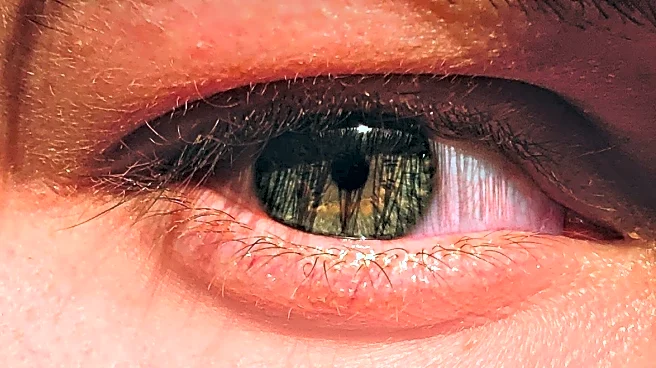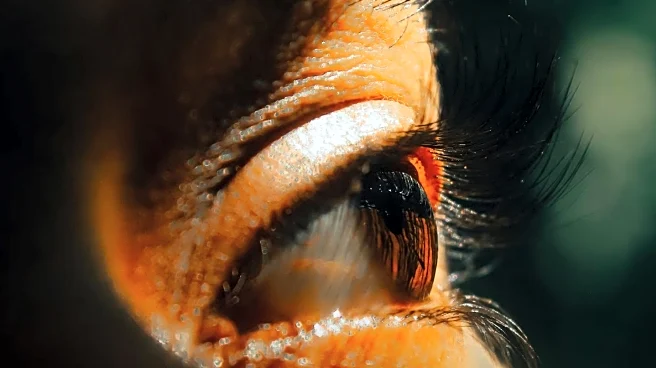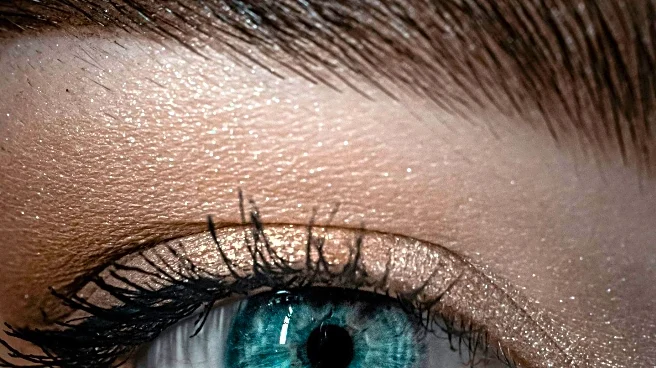What is the story about?
What's Happening?
A prospective case series study has investigated the correlation between peripheral vitreoretinal abnormality (PVA) and the risk of malignant glaucoma (MG) in nanophthalmos with secondary angle closure glaucoma (NSACG). The study included 47 NSACG eyes from 25 patients, with PVA defined as a hyperreflective echo at the peripheral vitreoretinal region under ultrasound biomicroscopy (UBM). The study found that PVA was present in 62% of the eyes, and those with PVA had shorter axial length and other anatomical differences compared to those without PVA. Notably, 45% of the PVA group developed MG postoperatively, while none in the non-PVA group did.
Why It's Important?
The findings provide new insights into the anatomical predispositions that may lead to advanced angle closure glaucoma and malignant glaucoma in patients with nanophthalmos. Understanding these correlations can aid in the management and treatment of NSACG, potentially leading to better surgical outcomes and reduced risk of postoperative complications. The study highlights the importance of detailed anatomical assessments in predicting and preventing severe glaucoma conditions, which can significantly impact patient vision and quality of life.
What's Next?
Further research is needed to explore the mechanisms behind the correlation between PVA and MG, and to develop targeted interventions for patients with NSACG. The study suggests that older age, greater angle occlusion, and other anatomical factors are significant risk factors for MG, which could inform future clinical guidelines and treatment strategies. Continued investigation into these risk factors may lead to improved diagnostic and therapeutic approaches for glaucoma management.
AI Generated Content
Do you find this article useful?














